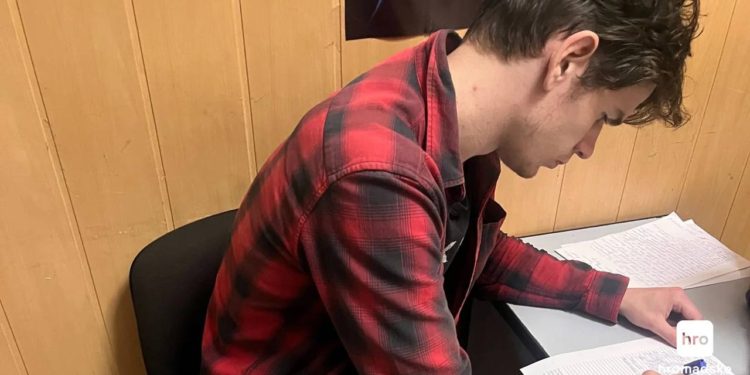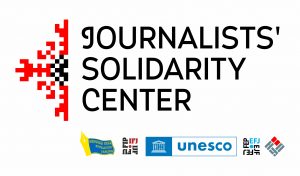Hromadske journalist Maksym Kotsiubynskyi was detained by the police for several hours after an investigation into the undeclared apartment of Justice Minister Olha Stefanishyna.
Maksym was taken to the police station on July 1, several hours after the filming. The journalist spent several hours in the station, after which he was released without a detention report.
The police officers first approached the journalist under the pretext of “surveying citizens,” then conducted a “superficial search.”
“When I asked why they were doing this during a ‘surveying citizens,’ the police officers replied that someone had informed them that I was filming strategic objects on video, which I did not do,” Kotsiubynskyi said.
He immediately showed the police his ID and told them that he had been recording the movement of a public servant earlier that day. Despite this, the law enforcement officers suggested that he go to the police station. There, the journalist was waiting for his lawyer.
Stefanishyna‘s team denied the police call.
The Kyiv patrol police explained to Hromadske that they decided to check the journalist at the request of a passerby who had seen Maksym taking pictures of a house and cars parked nearby. According to the police, Maksym refused to show or provide documents for inspection.
According to lawyer Anastasiya Burkovska, a journalist’s official activities cannot be grounds for his arrest, detention, or seizure of materials collected, processed, and prepared by him, as well as the technical means he uses in his work. This is stated in Article 17 of the Law of Ukraine On State Support for the Media, Guarantees of Professional Activity, and Social Protection of Journalists.
“Therefore, after [the police officers] saw the journalist’s ID, they should have stopped. But less so, in my opinion, there were not sufficient grounds for a superficial check. After all, according to the Law of Ukraine On the National Police, a police officer may stop and/or search persons to conduct a superficial check of a person if there are sufficient grounds to believe that the person is carrying an item whose circulation is prohibited or restricted, or which poses a threat to the life or health of such a person or other persons,” Burkovska explained.

 THE NATIONAL UNION OF
JOURNALISTS OF UKRAINE
THE NATIONAL UNION OF
JOURNALISTS OF UKRAINE
















Discussion about this post